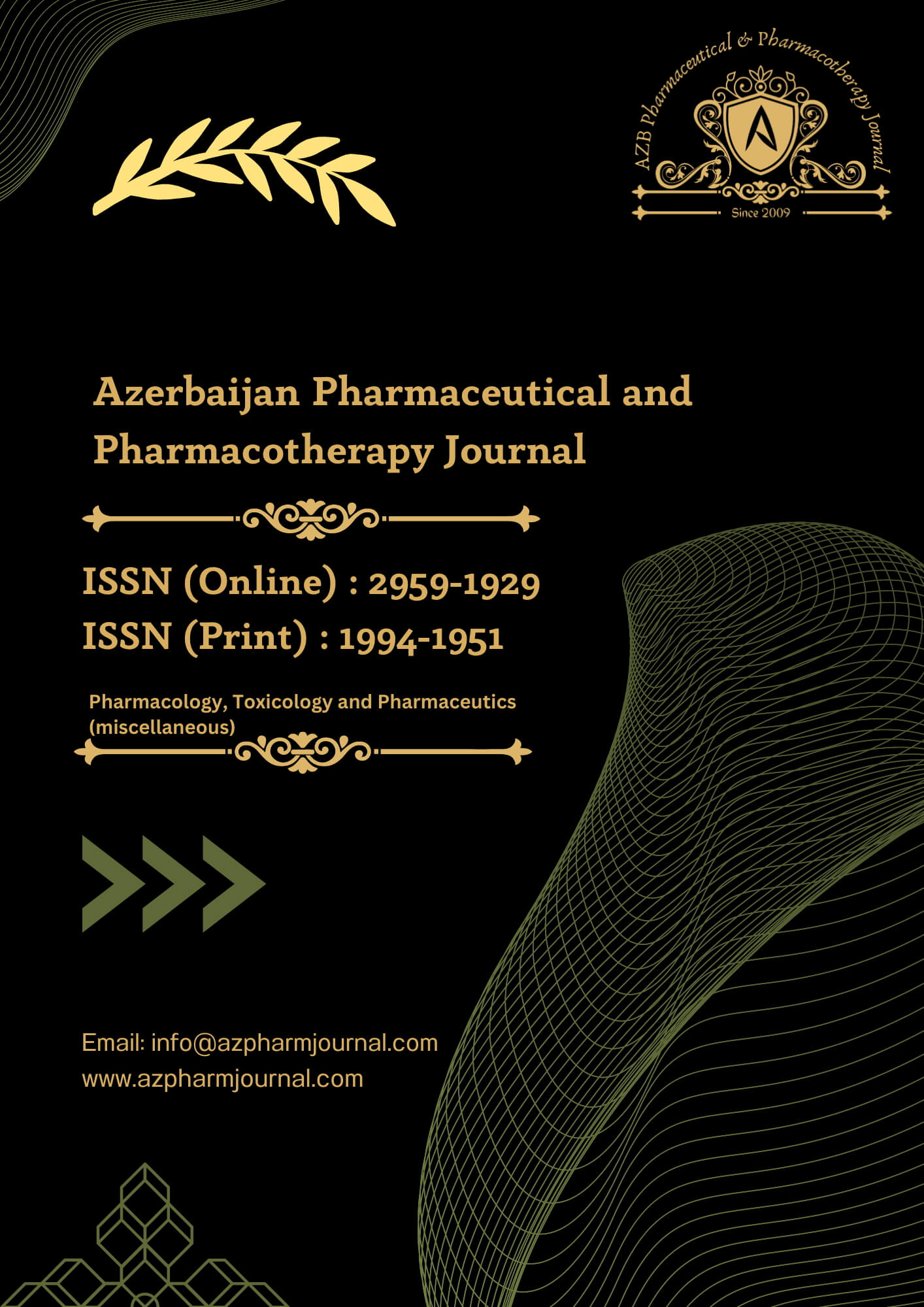Study Design and Participants
The study was a randomized, double-blinded, comparative study where the patients and observers were blinded about the group. After obtaining the Institute Ethics Committee’s (IEC 2021/EC/2691) approval, written informed consent was taken from the patients of American Society of Anesthesiologists (ASA) physical status I and II, aged 18-65 years, who were scheduled for elective lumbar spine surgery under general anesthesia. Ninety patients were included in our study between January 2021 and July 2022. Those who refused to participate or those with known allergies to the study drugs, infection at the site of block, coagulopathy, significant cardiac, renal, neural and liver disease, obesity was excluded. The patients were randomized into two groups (45 each); group M and group D, using sealed opaque envelopes concealing the randomization number. To achieve blinding the drugs were loaded in similar syringes with equal total volumes by staff nurse who was not involved in the study.
All patients included in the study were thoroughly assessed preoperatively by history, physical examination, and laboratory investigations. At the preoperative visit, all patients were instructed on how to evaluate their own pain by using the 11-point Numeric Rating Scale (NRS) pain score, which ranges from ‘0’ (meaning no pain) to ‘10’ (meaning worst pain). On the day of surgery, patients were premedicated in the preoperative area with intravenous ranitidine 50 mg and metoclopramide 10 mg one hour prior to scheduled time of surgery. On coming to the operation theater standard ASA monitors were attached. Anesthesia was induced with midazolam 30 mcg/kg, fentanyl 2 mcg/kg and propofol 2 mg/kg, after checking adequate bag-mask ventilation muscle relaxant vecuronium 0.1 mg/kg was given. Trachea was intubated with adequate size armored endotracheal tube and secured after confirmation of position. Anesthesia was maintained using oxygen, air, and isoflurane at fresh gas flow of 3 l/min to maintain a MAC of 0.8-1.0% and volume-controlled ventilation. Patients were made prone and all pressure points were adequately padded. Muscle relaxant was repeated as per requirement.
Block Procedure
Both groups received the ESP block under all aseptic precautions placing patients in the prone position after general anesthesia. A high-frequency linear probe (13-6 MHz) was placed longitudinally in the paravertebral region at the lumbar level (L2) vertebra. A 22-G, Quincke spinal needle was introduced using the in-plane technique in a craniocaudal direction to make a contact with the transverse process. After hydro-dissecting the plane, group M received 0.25% bupivacaine 18 ml along with morphine 50 mcg/kg (total volume 20 ml) was injected below the ESM, just above the transverse process. Similarly, group D received 0.25% bupivacaine 18 ml along with dexmedetomidine 1 mcg/kg (total volume 20 ml) was injected below the ESM, just above the transverse process [Figure 1].
The local anesthetic was injected in 5 ml increments, with aspiration after every 5 ml to prevent inadvertent intravascular injection. Electrocardiogram, non-invasive blood pressure, end-tidal carbon dioxide and oxygen saturation were monitored intraoperatively and recorded at o min, 1 min, 3 min, 5 min, 10 min, 15 min, 20 min, 30 min, 1 h, 2 h, 3 h, 4 h, 6 h, 8 h, 12 h and 24 h. All the patients were extubated at the end of surgery; 0.1 mg/kg intravenous ondansetron was administered as anti-emetic prophylaxis, and 15 mg/kg intravenous paracetamol was administered intraoperatively to all patients. Patients were shifted to post-anesthesia care unit (PACU) and post-operative analgesia was assessed by Numeric Rating Scale (NRS) pain score and hemodynamic parameters were recorded at 1, 2, 4, 6, 8, 12, 18, and 24 hours, post-operatively. The time to first rescue analgesia (tramadol 1 mg/kg slow intravenous injection), the number of doses of rescue analgesic were recorded. Complications such as nausea, vomiting, urinary retention, motor weakness and respiratory problems were managed accordingly.
Statistical Analysis
The sample size was calculated using data from Kamel et al. [5] which used similar interventions as in the present study. The sample size was chosen so as to maintain the overall alpha error <0.05 and power (1-β) > 0.9 and to provide additional safety and tolerability data. We enrolled 45 patients in each group. The statistical analysis of data was performed using SPSS, version 23 IBM Corp. Data are presented as median (range), mean (SD), or frequencies as appropriate. Chi-square test was used for categorical variables and Student’s t-test for quantitative variables.

Figure 1: Ultrasound image of various structures seen while performing Erector spinae plane block
